How do you take a classic franchise that began an astonishing 20 years ago and reboot it for a modern generation of gamers? Tasked with this exact question, current Tomb Raider developers Crystal Dynamics dared to be different and, upon arming themselves with a clean slate, started the series afresh. Totally reinventing the gameplay typically found within previous entries as well as creating a younger, ill-experienced Lara Croft to couple alongside it, 2013’s Tomb Raider was an ‘origins’ story that brought survival mechanics into the fold as well as an increased focus on combat. This was Tomb Raider unlike anything else that had come before it, and the result of this ambitious departure was nothing short of a huge success. I, however, wasn’t so convinced…
Amongst a handful of elements that I took issue with, one in particular stuck out the most: Tomb Raider had an identity problem. While it certainly had inspired ideas of its own that harvested a lot of potential, the game often threw them to the side in favour of sticking to action-focussed and blockbuster moments that didn’t quite gel with what the game wanted to achieve at its core. The game wanted to be Tomb Raider, but it also (desperately) aspired to be a second-rate Uncharted title, or at least that’s how it felt. This constant tug of war led to a game that felt confused, ultimately dampening the experience and allowing the game to never achieve its full potential. Matched up against a myriad of other problems such as a naff storyline, awkward pacing, unremarkable gunplay, and a cast of horrendously stereotyped characters, the game’s so-called greatness was, in my opinion, unfortunately way out of arms-reach.
With the game’s direct sequel, however, I’m happy to report that the game feels more comfortable in its own skin, successfully unlocking its own potential and developing its interesting mix of survival and platforming mechanics further. Rise of the Tomb Raider is without a doubt a vastly improved experience over its predecessor, and while I believe the series still has a way to go before it’ll hit its sweet spot, there’s a lot to enjoy here, and this “20 Year Celebration” package is without a doubt the best way to experience Lara Croft’s latest trip around the world.
Similarly to the previous effort, Rise of the Tomb Raider once again tells a more personal story that puts Lara into the focus. Pursuing the mythology of ‘The Prophet’ this time around, a time-old legend of a god-like man who held the key to immortality, she endeavours to continue the investigations her late father had obsessively dedicated his final days to uncover. Ending with a tragic suicide after his obsession destroyed his reputation, Lara seeks to redeem the Croft family name by proving to the world that her father’s theories and discoveries were indeed true. Weaving the backstory of her father into the proceedings on top of the main narrative, the game attempts to use this element as an anchor to carry some emotional weight to Lara’s character, but unfortunately it just doesn’t work. You see, it’s actually really hard to care for Lara at all.
Take the classic interpretation of Lara Croft – a character as iconic as she was famous, and somebody that dominated the late 90’s and early 00’s. Everybody knew her name and what she looked like regardless of whether they were a gamer or not, and with this success came two Hollywood films starring Angelina Jolie, as well as appearances in a Lucozade advertising campaign (seriously – that actually happened). She was an icon, a feat made all the more impressive given how video game culture was still in its infancy. Classic Lara was cool, sexy, and a total badass who revolutionised videogame protagonists. Rise of the Tomb Raider’s depiction of Lara, however, fails to capture the same impact or lasting impression, resulting in a rendition that is…. dull. Very, very dull, in fact – especially in comparison.
I’m not trying to say that Lara should return to her roots of wearing crop tops, shades, and having much bigger norks, but the point I’m trying to make is that Lara just isn’t very interesting here at all. There’s nothing memorable about her, and there’s certainly nothing that separates her from anybody else out there in the land of AAA gaming. There’s nothing about her character at present that makes me connect with her emotionally, let alone care. I appreciate that the developers are going for a more grounded take on the popular character, and while she might be intelligent, kind-hearted, and show incredible determination in the face of adversity, there’s not enough substance to her and she’s hard to like as a result. The most I can say about Camilla Luddington’s Lara Croft is that she likes to breathe heavily and moan a lot – and that’s not enough to make me even the slightest bit interested in her character. She’s boring, and it’s a real shame.
Supporting characters don’t fare much better either, and the game’s central villains do little to impress or feel threatening. Despite these character gripes, however, the narrative here doesn’t totally fail. It’s predictable, sure, and it’s never very engrossing, but it still serves as an interesting enough vehicle to accelerate the action over the game’s 15+ hours. As the mystery builds towards its thrilling conclusion things do become ridiculous enough for a game of the Tomb Raider franchise – though there’s no T-Rex’s this time, unfortunately – but due to suffering from a sub-par script and aforementioned dull characters, the narrative never really amounts to much, no matter how hard it tries. Where the narrative may falter following an otherwise curious opening, however, the gameplay most certainly soars.
Despite a few restrictive and highly scripted opening chapters, ROTTR soon opens up to the same world design that made elements of the previous game stand-out. This time, however, it’s far improved and has a lot more to offer the player in terms of exploration, rewards, and things to do. Offering a series of ‘hub’ type areas that are stitched together by more linear, typically action-focussed scenes, the game makes a considerable effort to populate its world with places, items, and even characters of significance that offer quests and rewards. While there’s always a central objective to pursue at all times, the player is free to wander off and explore, and these places can be revisited at your leisure further down the line in order to access previously inaccessible areas.
Though the game primarily sees Lara adventuring her way through snowy landscapes, the development team have made sure to pack enough diversity to keep things feeling fresh, with Lara’s adventure taking her to varying, often beautiful locations that are stunning to look at. Though it is disappointing that this game isn’t a globe-trotting affair, especially after a brief opening section set within contrasting dusty Syrian ruins, what follows opens up to enough diversity, and the environments are constantly shifting the further along you progress with plenty of surprises in-store. Each area feels distinctly different from the last, and even though a handful may appear similar from a visual standpoint, the creative world design maintains consistent throughout, and the desire to explore each location and find hidden treasure is kept alive. The gameplay foundations are also built upon gradually throughout, and the action is kept inventive over the course of the lengthy playtime as new items and abilities are gathered, maintaining player interest until the end, and offering new ways to traverse the environments.
Tomb Raider by name, but not by nature – a common complaint about the first reboot entry was that there was a distinct lack of tombs to actually raid, let alone much significant exploration at all. Thankfully, ROTTR makes a considerable effort to remedy this and undoubtedly succeeds. Boasting plenty of hidden areas around the games world for you to uncover and locate for yourself, each one offers a unique challenge in order to reap the rewards. Containing their own unique puzzles that force you to utilise and exploit core gameplay mechanics, these ‘tombs’ are fresh and imaginative enough to offer a welcome break from the action scenes, but they’re never too difficult, avoiding too much frustration. Though only fairly brief in their challenge, they strike a nice balance and do well to evoke some of the fun from the older titles. While I still hope for bigger, expansive, and more puzzling tombs to raid in future titles, the ones here still offer clever and slower-paced alternatives to the ever enjoyable platforming and the not as enjoyable combat.
Yes, unfortunately the combat hasn’t seen much improvement since Lara’s last outing, and once again it tarnishes the experience. Featuring a more even balance this time around between exploring ruins and shooting things in the face, ROTTR is a more enjoyable overall package than the previous entry, but the combat elements still suffer. Gunplay in this game isn’t dreadful by any means – it’s perfectly serviceable, in fact – but for a game that puts a heavy focus on this aspect, it doesn’t feel good enough. Distinctively lacking in any sense of ‘gun-feel’, weapons don’t feel all that powerful, aiming doesn’t feel too precise, and the games contextual cover system isn’t the most reliable in some instances, creating awkward combat encounters at times. The whole thing ends up feeling pretty limp, in all honesty, but it does improve as your weapons arsenal increases and more interesting combat skills are opened up to you.
Taking the ‘survival’ elements further than in the previous title, Lara’s abilities out in the wilderness can be vastly improved by earning and using skill points throughout the game. Earned through in-game accomplishments – whether that be through discovery, collecting treasures, or hunting/killing – new abilities can be unlocked that help the player considerably. With three skill trees to progress through: Brawler, Hunter, and Survivalist, there’s plenty of variety amongst their tiers that not only cater for each of the game’s core foundations, but can help shape Lara’s skill set around your playstyle and needs. Some are more useful than others, but each earn their own place and use within the game.
The crafting elements have also been expanded on significantly and now feel more of an essential part of the game’s design. With various materials populating the entire world, these can all be used to upgrade your growing weapons arsenal, craft arrows, ammo, and explosives, as well as craft equipment that grants passive abilities. This makes hunting and resource gathering an essential part of the experience, and players will need to frequently improve and increase Lara’s inventory as the game progresses and becomes more difficult. Taking those improvements to the next level, there is also the option to purchase unique weapons, attachments, and other gadgets in-game by using coins that are hidden all over. While expensive, they are certainly worth it in the long run, and it adds a welcome extra layer to the customisation options of Lara’s capabilities.
Benefitting the game even further, Crystal Dynamics have been kind enough to include all post-release content (as well as some that is brand new) into this particular release too, making the long-awaited PlayStation debut of this title well worth the wait. Though it is worth noting that mileage with this bonus content will of course vary amongst players, especially as the lengthy campaign may exhaust your appetite for more Tomb Raider by the time you reach the conclusion, those who do crave more action featuring Lara Croft can easily spend hours joyously playing through it all.
If there’s one thing that I can say about this added content, it’s that it’s certainly creative. I really do commend the developers for expanding out and creating extra content that is different from the standard game. Of course, none of it deviates too heavily from the core gameplay mechanics found in the main experience, but the developers have clearly put effort and serious thought into their add-ons to provide something that doesn’t feel overly familiar. While the brand-new ‘Croft Manor’ content is incredibly underwhelming, the rest of it is good fun. The bulk of the extras are known as ‘Expeditions’ that mix together a variety of objective based modes that can be customised to add additional challenge, difficulty, and even cooperative play. With seven of these in total, there’s a lot to play through and have fun with. Ranging from a standard sort of ‘Score Attack’ mode where players rush to complete each level in the best time and with the best possible score, to ‘Remnant Resistance’ that gives players the ability to create and play custom missions with set objectives, there’s even a mode called ‘Cold Darkness’ that introduces zombie-like creatures into a story-driven mini campaign that pairs survival and stealth with creative puzzles. Variation is the name of the game, and there’s plenty on offer.
The stand-out inclusion, however, has to be the ‘Endurance’ mode that enhances the survival mechanics seen in the main game by taking them one step further. With hunger and warmth meters implemented into the game, players must not only avoid danger and search the environments for treasure, but they must also keep Lara healthy and in good shape by hunting for food and crafting fires. The objective is simple: explore the wilderness for treasure and extract yourself to reap the rewards. Though it might sound easy, the environments are perilous, and you really have to work hard in order to not only gain adequate resources to stay alive, but to also fight back. It adds a unique edge to the gameplay not found in the base game, and it can lead to some tense and fun splashes of gameplay.
Rise of the Tomb Raider, then, is overall a vast improvement over its predecessor that is able to deliver further on the potential of the reboot. While there is still room for improvement and flaws that dampen the experience, it’s still a very enjoyable game that is close to being fantastic. The extra content works to boost an otherwise fun game, and whether or not you decide to touch any of it at all, the Rise of the Tomb Raider: 20th Anniversary Celebration edition is not only another great game for the PlayStation platform, but is also incredibly good value.
Welcome back, Lara…

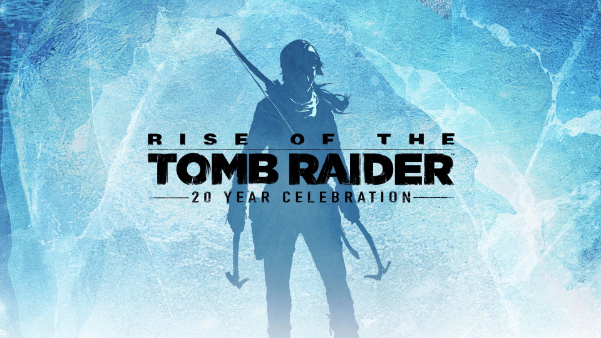


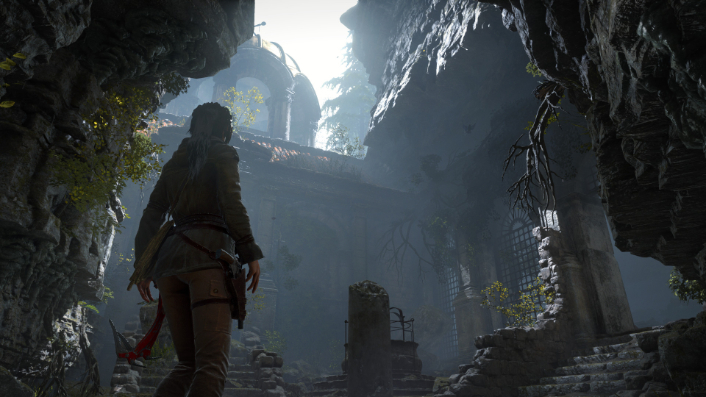
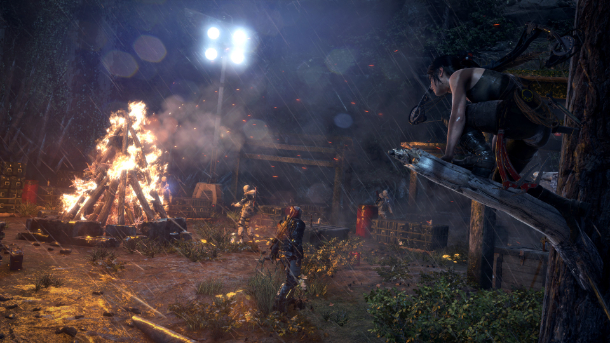

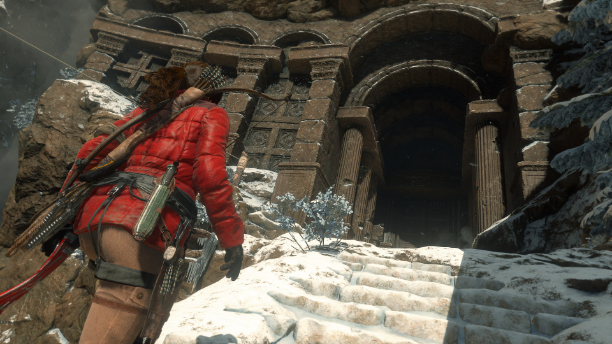
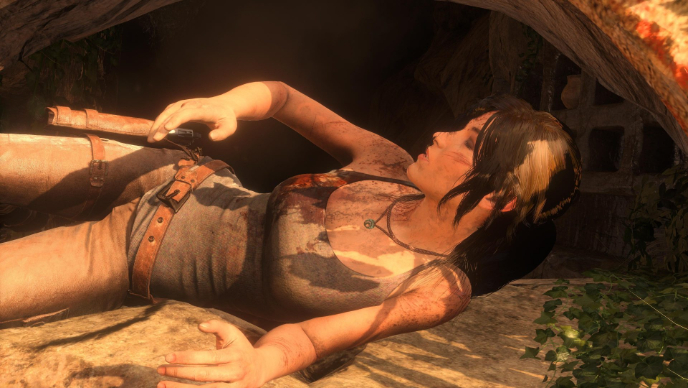
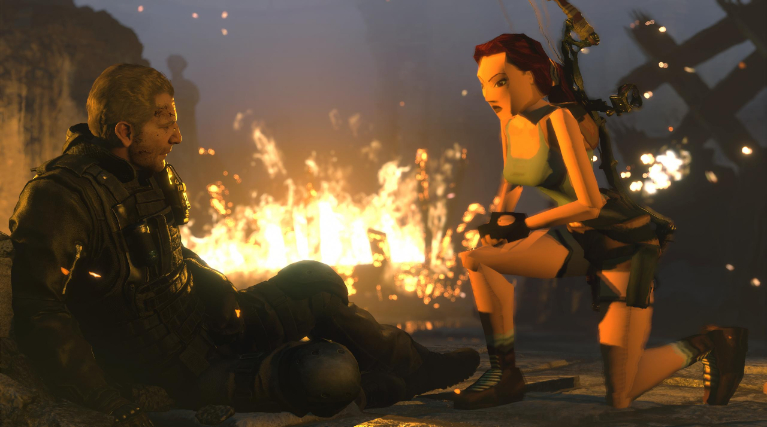







You must be logged in to post a comment.